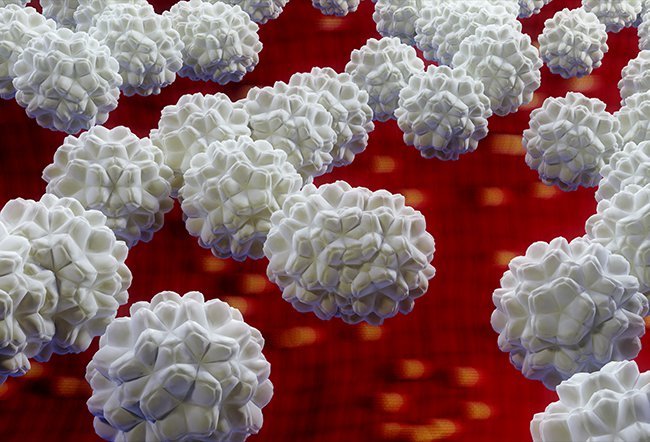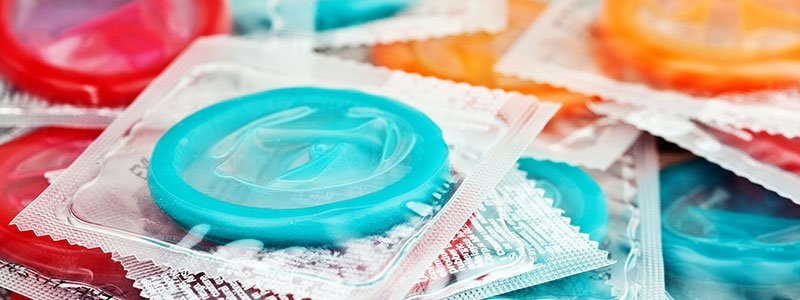
Chlamydia is a sexually transmitted disease that is often eliminated with a short course of antibiotic treatments including doxycycline or azithromycin.
If you suspect you have chlamydia, it is best to visit your doctor and get tests done. It is important to inform your sexual partners.
According to the Sexually Transmitted Infection Treatment Guideline by the World Health Organization, the best treatment option for people with uncomplicated genital chlamydia includes one of the following:
Or, one of the alternatives:
According to the current guidance from the National Institute for Health and Care Excellence and British Association for Sexual Health and HIV, the best prescription for chlamydia consists of the following:
- Doxycycline: Two times a day for a week
- Azithromycin: A dose of one gram on day 1, followed by 500 mg one time a day for two days
What is chlamydia?
Chlamydia is a common sexually transmitted disease that spreads through sexual intercourse (anal and vaginal) and oral sex with an infected person and in utero transmission (from the mother to fetus).
Sexually active young people, including gay and bisexual men, are at high risk because chlamydia can spread through oral and anal sex.
What are the symptoms of chlamydia?
Chlamydia symptoms are not always present, with only 3 in 10 women and 5 in 10 men experiencing symptoms. As a result, people do not know they have the infection and spread it unknowingly.
The majority of women remain unaware of the disease they are suffering from until it causes serious complications such as pelvic inflammatory disease.
Some of the symptoms that may occur include:
- Pain during sexual intercourse
- Pain while urinating
- Lower abdominal pain
- Increased genital discharge
- For men:
- For women:
- Bleeding in between the menstrual cycles
- Abnormal vaginal discharge
- Burning while urinating
Men and women can get rectal chlamydia by having receptive anal sex or by spreading from another infected site presenting with symptoms such as:
- Rectal pain
- Rectal discharge
- Occasionally bleeding per rectum
5 risk factors for chlamydia
Five risk factors for chlamydia include:
- Changing sexual partners regularly
- A new sexual partner
- Not using condoms
- Specific populations such as sex workers and men who have sex with men and transgender people
- A sex partner who has a sexually transmitted infection

QUESTION
Condoms are the best protection from sexually transmitted diseases (STDs). See Answer
How is chlamydia diagnosed?
It is recommended that all sexually active women younger than 25 years and others at high risk should be tested for chlamydia one time a year during their annual pelvic examination even if they do not present with any symptoms; pregnant women should also be tested as part of their routine laboratory work.
The healthcare provider may ask to provide a urine cervical and penile discharge sample for testing in a laboratory, or they might use a cotton swab to get a vaginal sample.
Is chlamydia curable?
Chlamydia cannot go away on its own; a short course of antibiotics is almost 90 percent effective in eliminating the infection.
With proper treatment, most cases of chlamydia are cured in approximately a week (almost 95 percent curable). However, if left untreated, chlamydia can cause permanent damage to a woman’s reproductive system and difficulties in getting pregnant.
After a confirmed diagnosis of chlamydia is made, the healthcare provider may prescribe the following:
- A single dose of azithromycin or doxycycline two times daily for 7 to 14 days is the most common treatment and is the same for people with or without human immunodeficiency virus.
- Severe pelvic infections such as pelvic inflammatory disease in women may require a longer course of antibiotics or hospitalization for intravenous antibiotics.
Latest Sexual Health News
Daily Health News
Trending on MedicineNet
8 precautionary measures to avoid chlamydia
Eight precautionary measures to avoid chlamydia include:
- Be in a mutually monogamous relationship.
- Avoid sexual intercourse with multiple partners.
- Use condoms every time you have intercourse.
- Avoid sexual intercourse for at least seven days until all the medications are stopped.
- Complete the course of oral antibiotics, even if you start to feel better early.
- Get your partner examined for the infection and treated if necessary to prevent reinfection.
- Ensure that you get retested after three months to be certain the infection is completely gone.
- Make sure that your partner is also retested after three months even if they appear to be symptom-free.

SLIDESHOW
12 Preventable STDs: Pictures, Symptoms, Diagnosis, Treatment See Slideshow
Medically Reviewed on 4/21/2022
References
Chlamydia Treatment and Care Centers for Disease Control and Prevention: https://www.cdc.gov/std/chlamydia/treatment.htm
RECOMMENDATIONS FOR TREATMENT OF CHLAMYDIAL INFECTIONS NIH: https://www.ncbi.nlm.nih.gov/books/NBK379708/